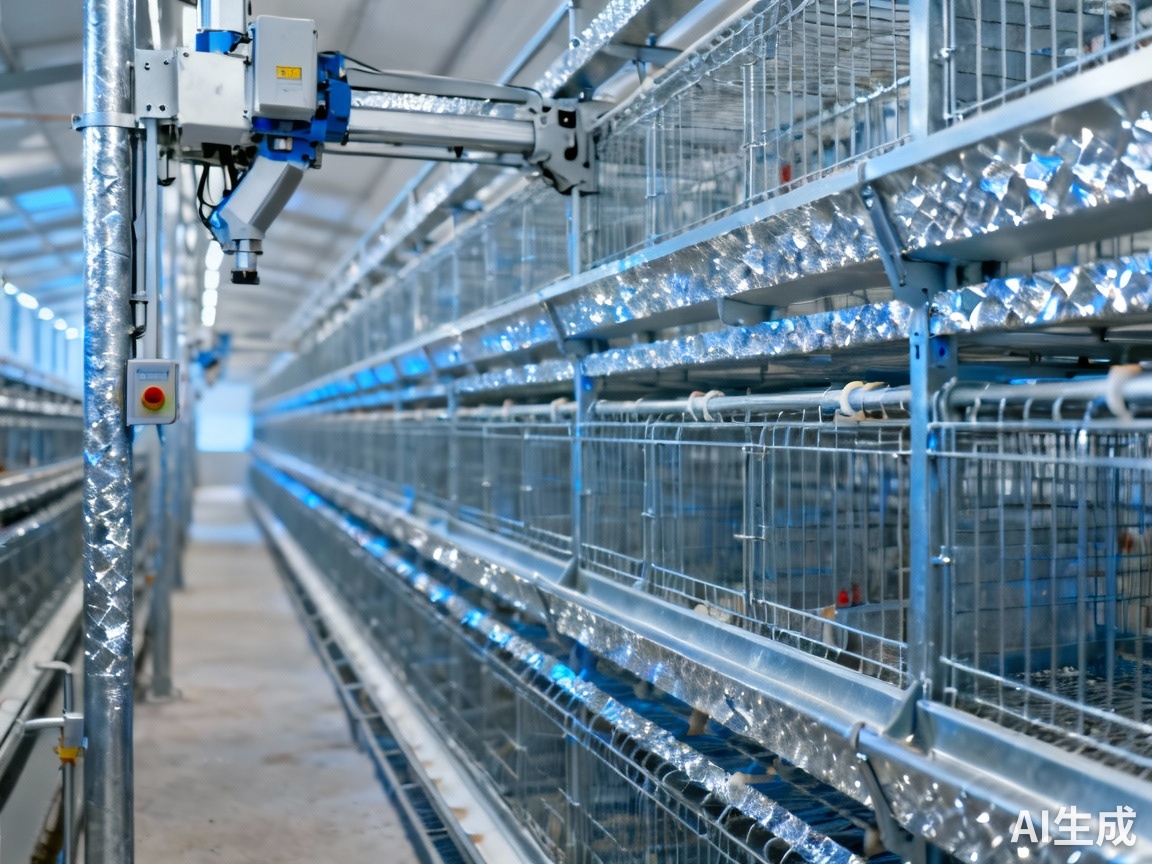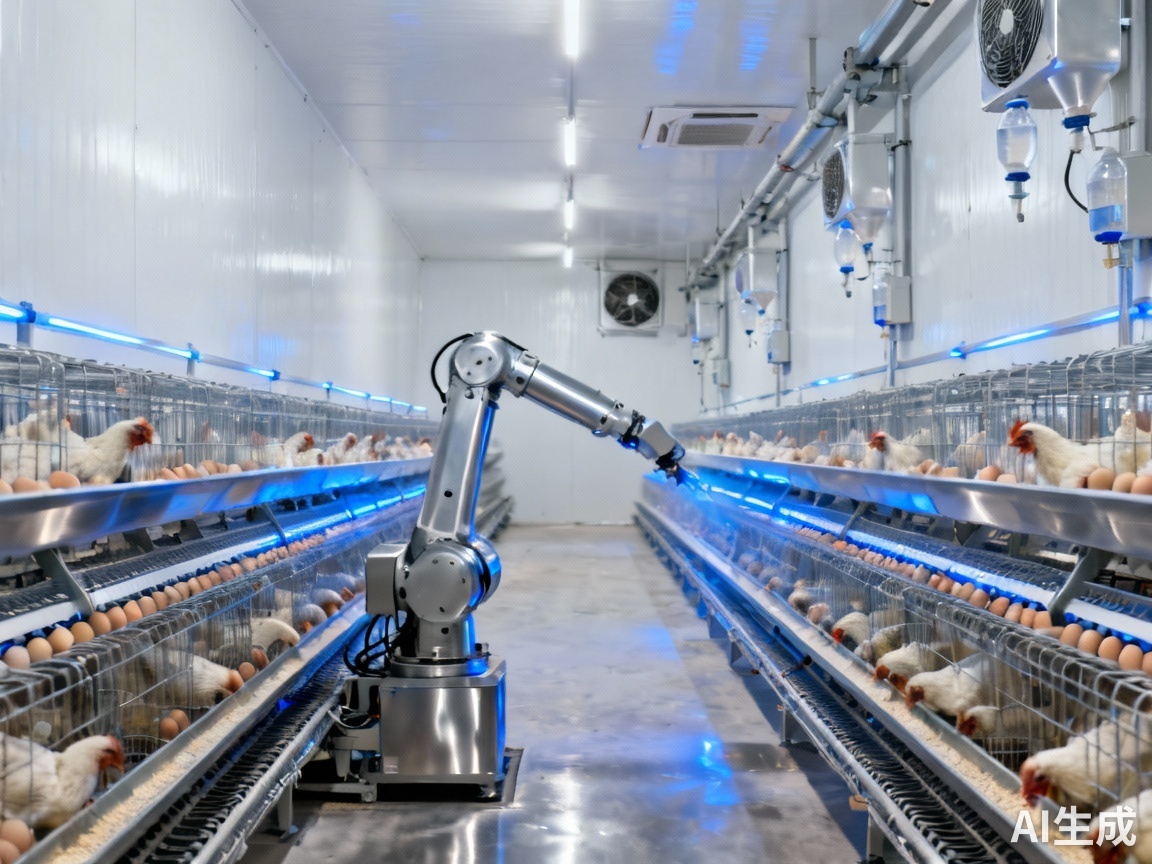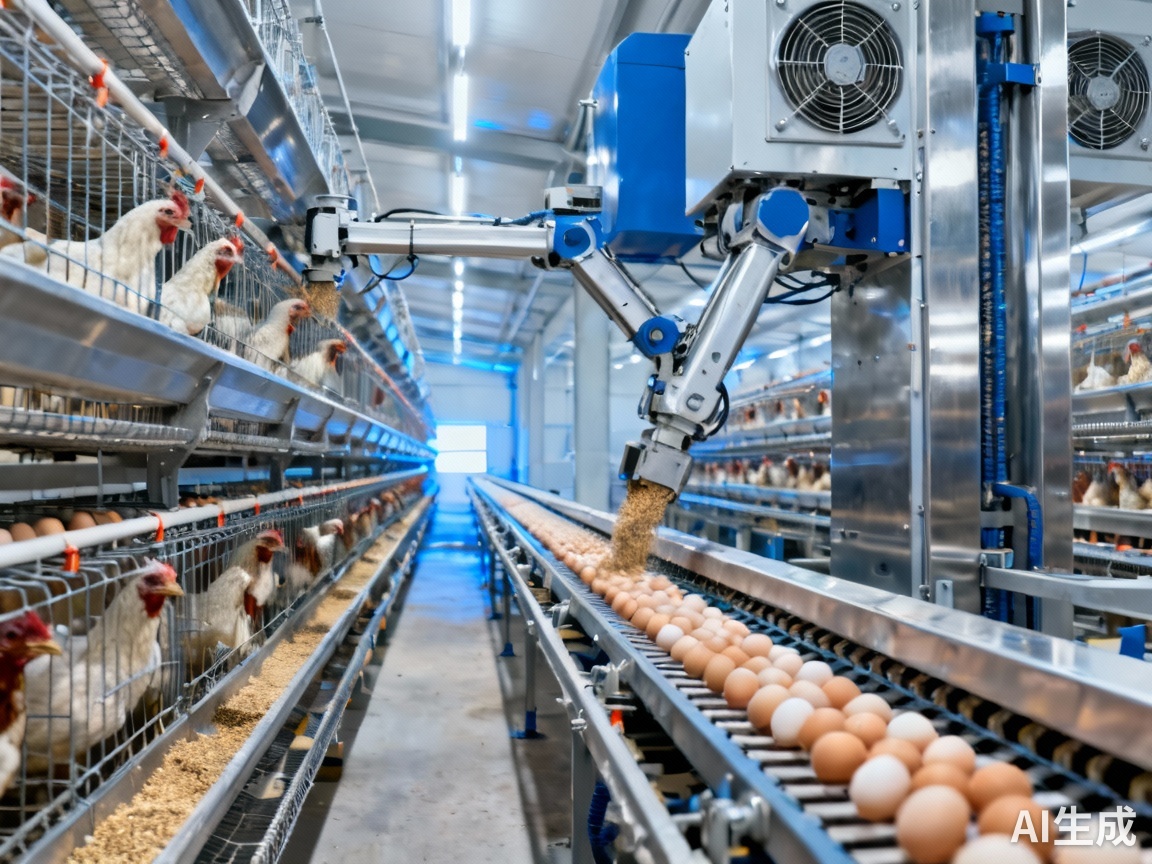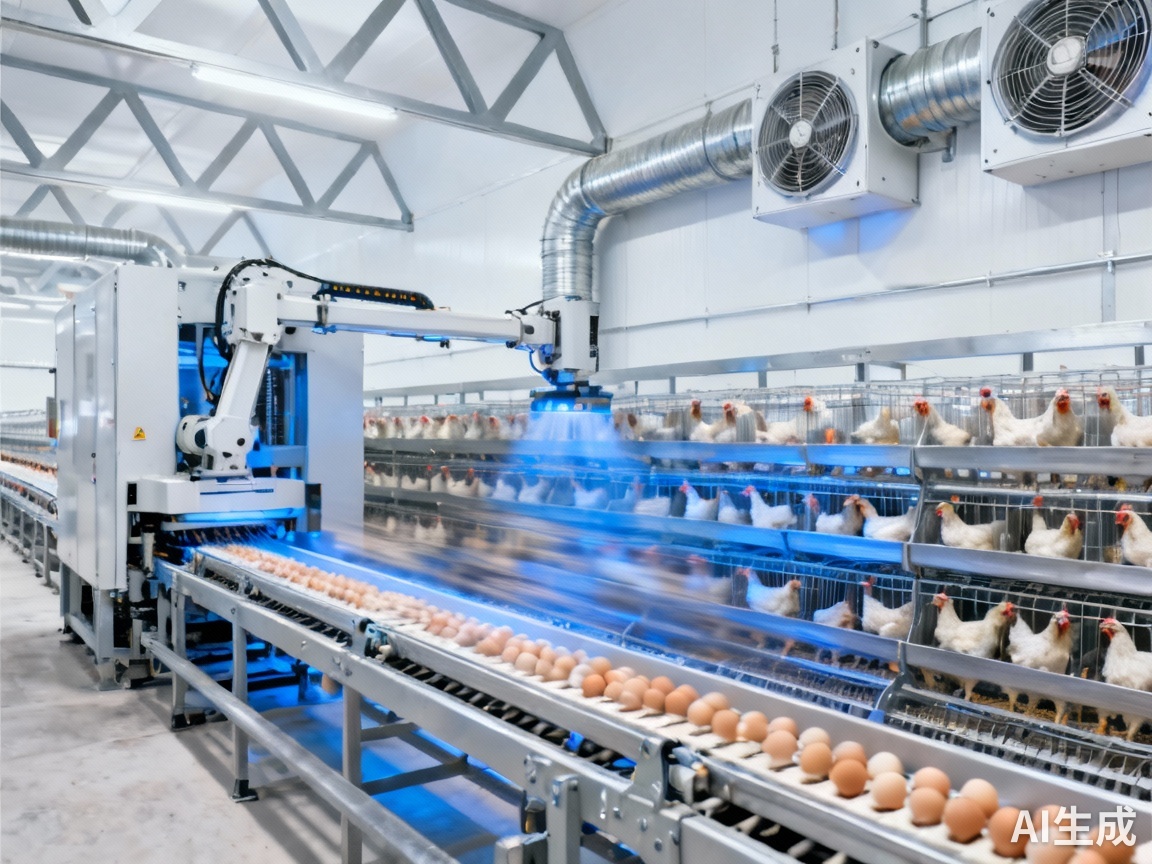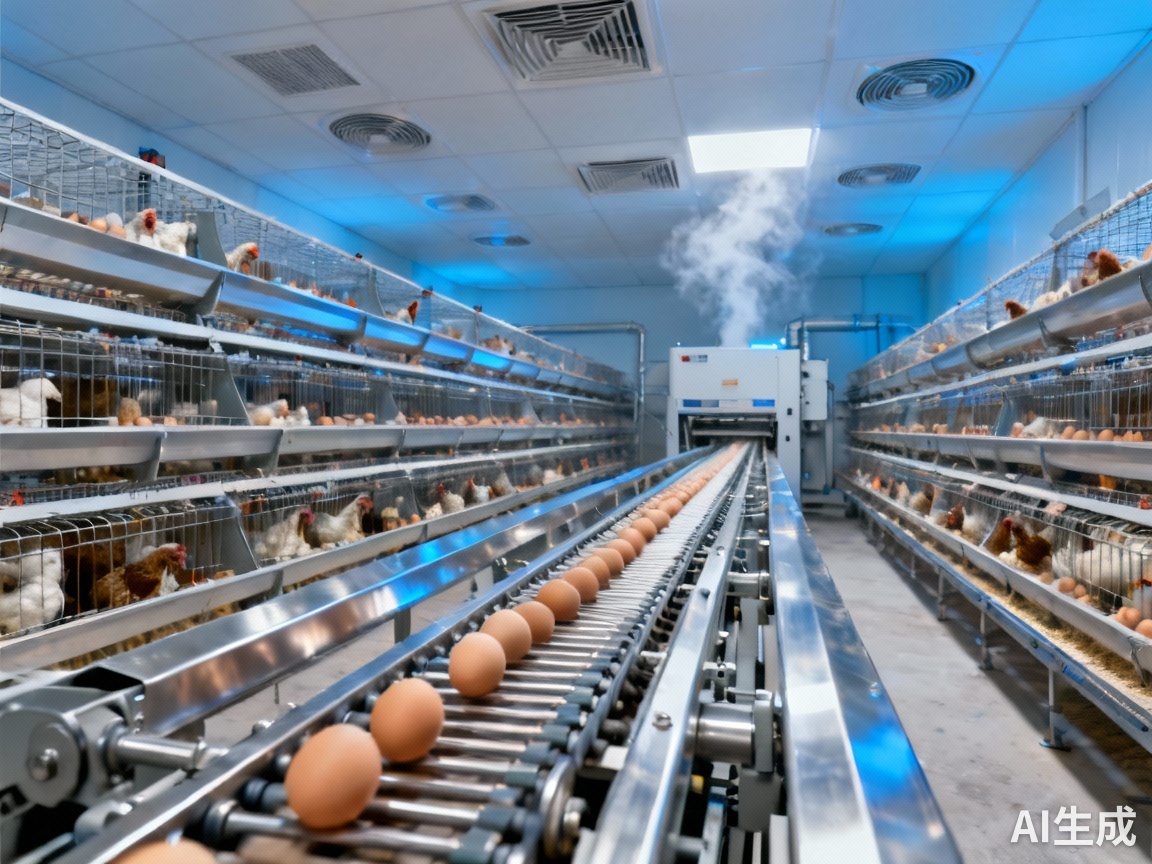News center
News center
Categories
Mid-Scale Poultry Automation: A 3-Stage ROI Plan Saving 40% Labor & 23% Efficiency #32
Mid-scale poultry automation delivers 40% labor savings & 23% efficiency gains via phased ROI plan. With the market reaching $4.5B in 2024, our data-backed approach ensures rapid ROI in 12–18 months.
Layer Cage System Boosts Egg Yield 23% & Cuts Labor 40% in 65K-Bird Operations #31
Layer cage systems deliver 23% higher egg yield and 40% labor reduction in 65K-bird operations, with automation driving 6.0% market CAGR to surpass $6.3B by 2035.
Automated Layer Cages: Achieve 10-Year Durability & 5% Lower Mortality Rates #30
Automated layer cages achieve 10-year durability with 5% lower mortality rates through ISO 1461 hot-dip galvanization (70-85μm coating), proven in ammonia-rich environments exceeding 25ppm.
Automated Poultry Systems Cut Costs 48% & Reshape 2025 Farm Economics #29
Automation drives 48% of poultry equipment revenue by 2025, with feeders peaking at 100 units and waterers surging to 41. Projects like Dubai Layer cut per-bird costs and ensure ROI in 3 years, reshaping farm economics.
Small Farms: Achieve 95% Efficiency with 30% Investment via Smart Automation #28
Small farms achieve 95% efficiency with 30% investment via smart automation. The $4.5B poultry automation market grows at 6.3% CAGR, with automatic feeders showing 100-unit seasonal demand surges. Jiayu County's 65,000-bird farm demonstrates full automation viability at $1.4M investment.
Poultry Integration Delivers 30% Higher ROI: A Data-Backed System Approach #27
Poultry integration delivers 23-30% higher ROI than standalone automation, with the $4.5B market poised for 4.7% CAGR growth. Integrated systems maximize efficiency and predictable returns for commercial operations.
Seasonal Automation Guide: Optimize Layer Cage ROI with 6.3% CAGR & 45K-Bird Case Data #26
Strategic automation investment timing boosts ROI by 15-20% with 6.3% CAGR growth. Data from 45K-bird operations shows seasonal optimization captures 48% market revenue share by 2025 amid cage-free transition demands.
Seasonal Automation Guide: Optimize Layer Cage ROI with 6.3% CAGR & 45K-Bird Case Data #25
Strategic automation investment timing boosts ROI by 15-20% with 6.3% CAGR growth. Data from 45K-bird operations shows seasonal optimization captures 48% market revenue share by 2025 amid cage-free transition demands.
Seasonal Automation Guide: Optimize Layer Cage ROI with 6.3% CAGR & 45K-Bird Case Data #25
Strategic automation investment timing boosts ROI by 15-20% with 6.3% CAGR growth. Data from 45K-bird operations shows seasonal optimization captures 48% market revenue share by 2025 amid cage-free transition demands.
Poultry Automation ROI: 48% Market Share & 6.3% CAGR Reveal Hidden Value #24
Poultry automation delivers 48% market share by 2025 with 6.3% CAGR, driven by seasonal efficiency gains and ROI beyond labor savings. The $4.5B market shifts toward automated solutions, projected to reach $6.3B by 2035.


